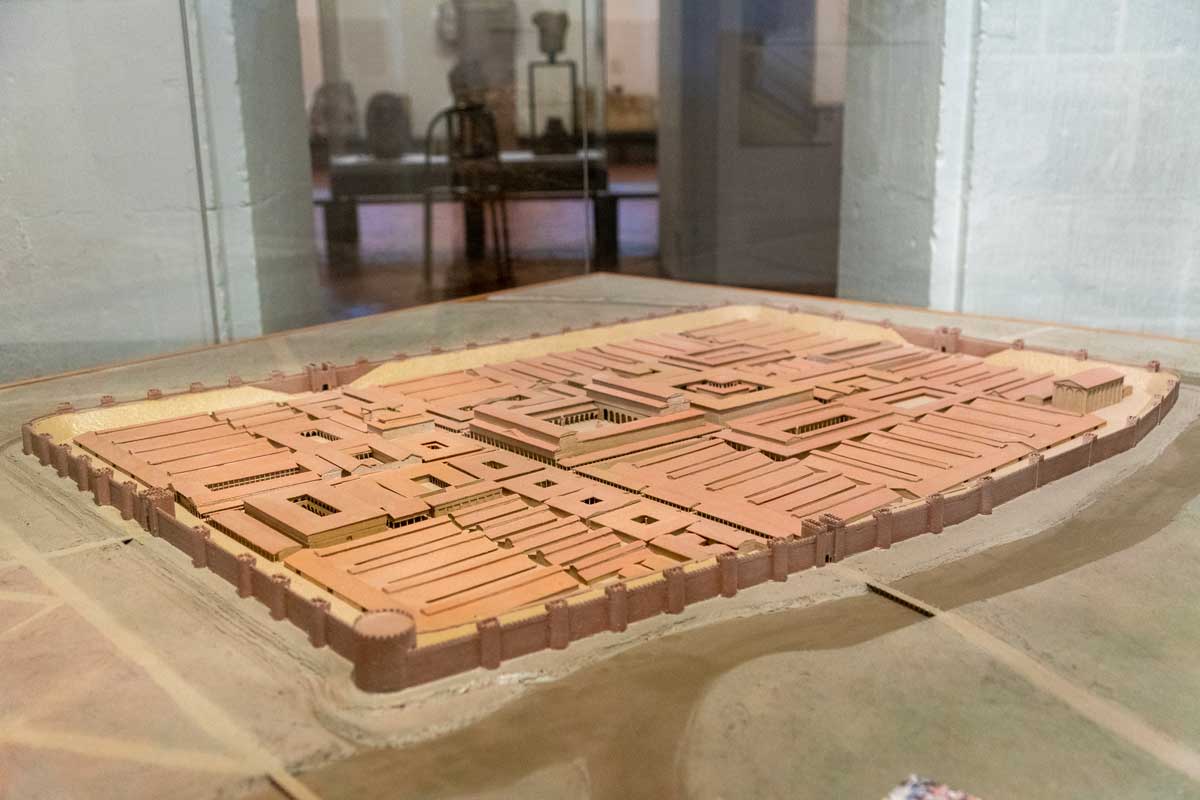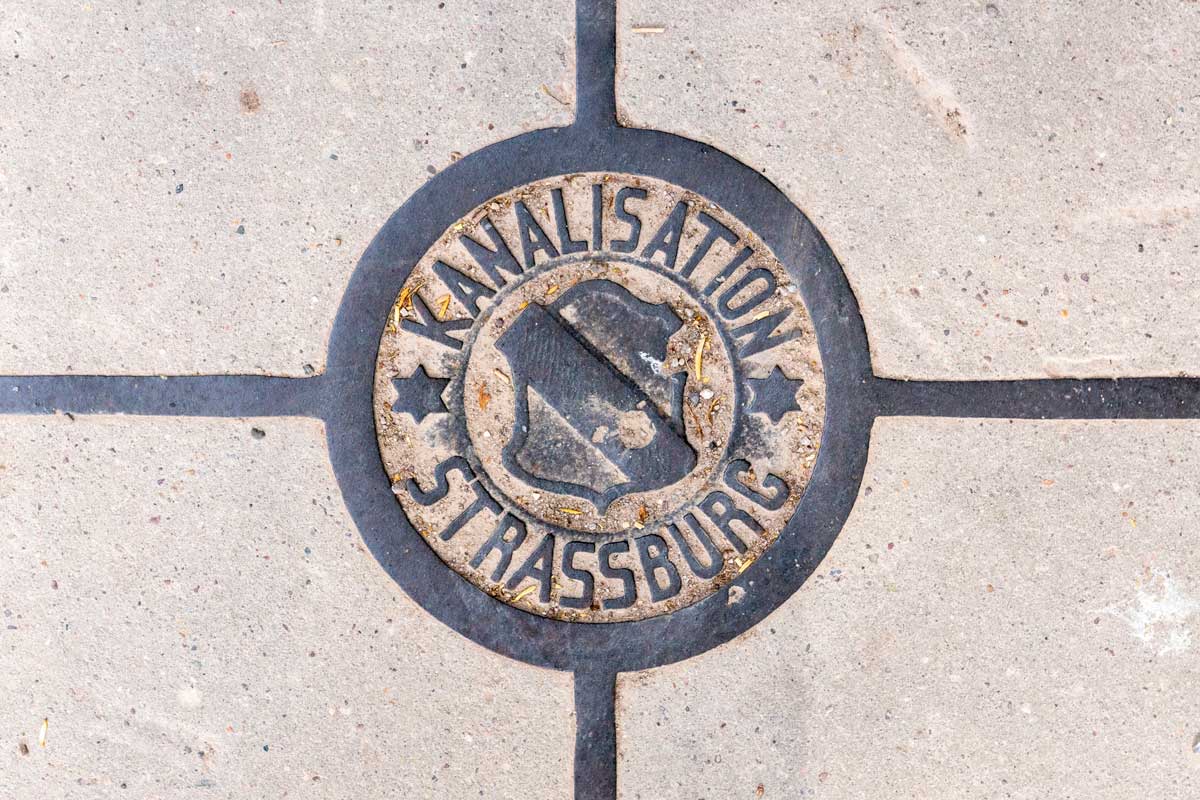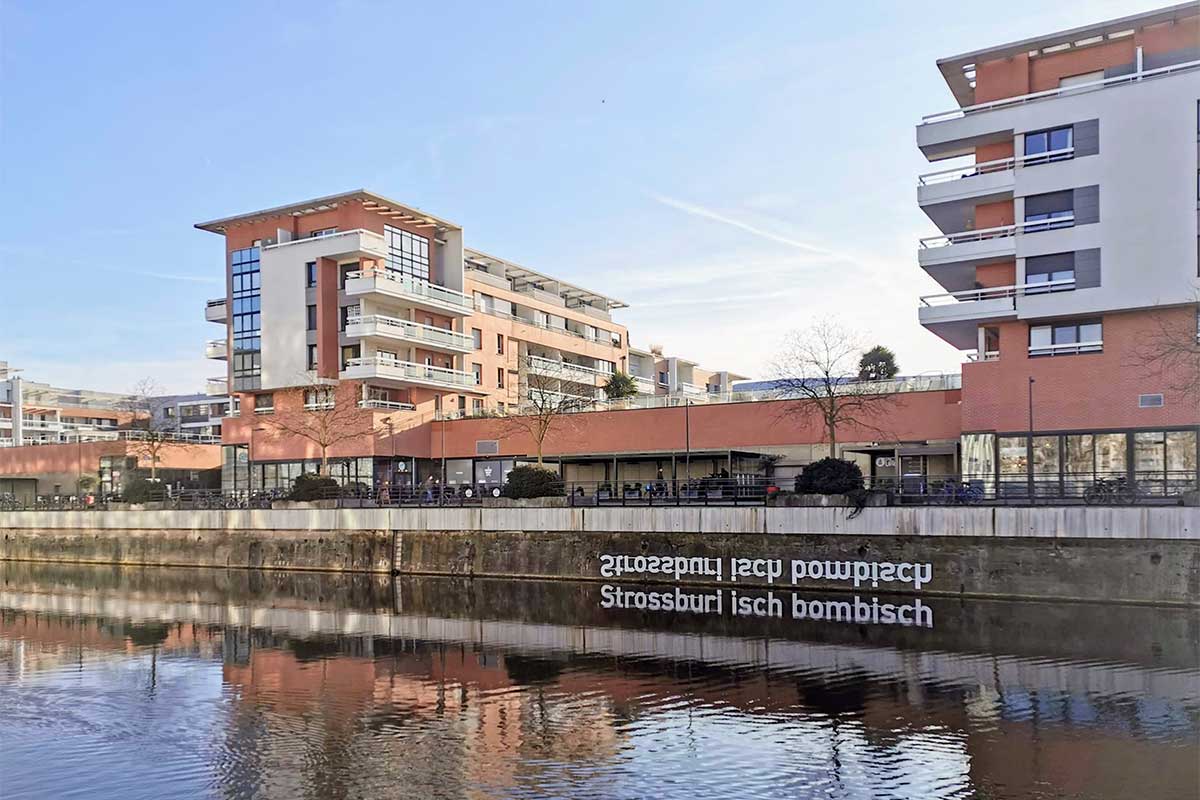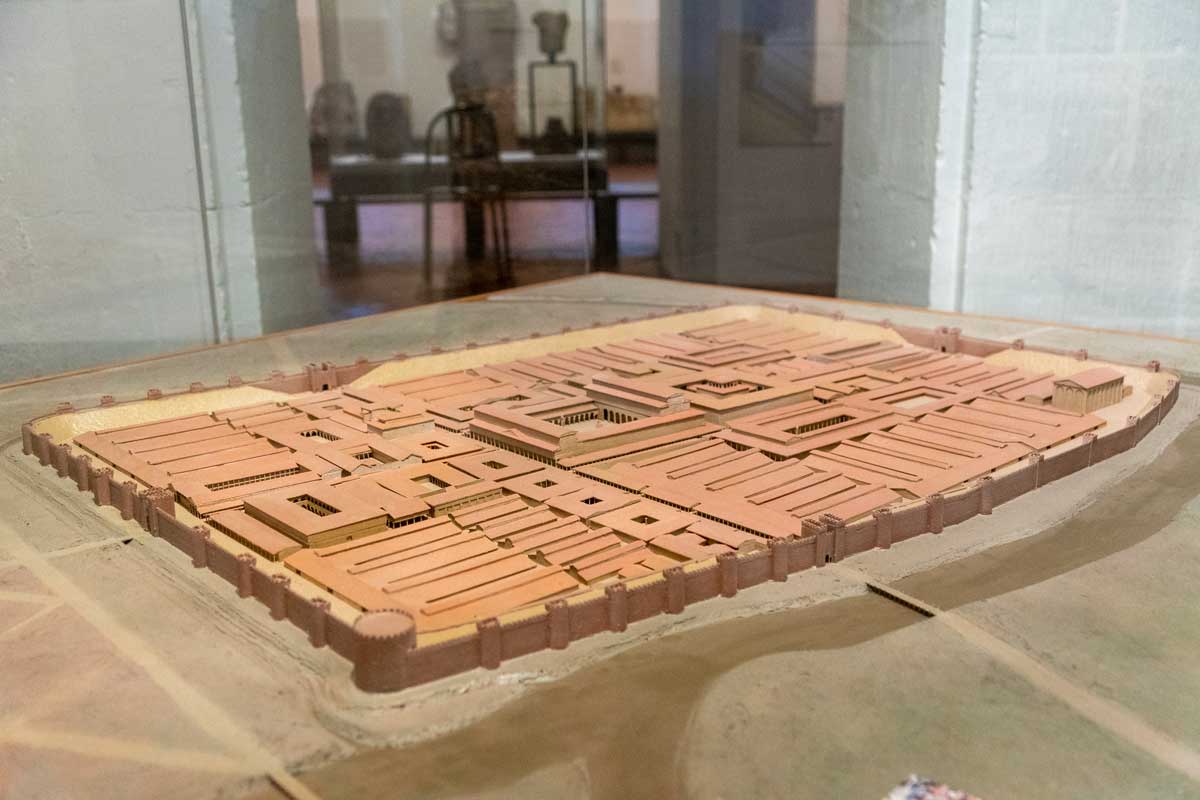Have you ever pondered the question: why is Strasbourg called Strasbourg? This is no trivial query. The city's name, nestled between France and Germany, has journeyed through history, evolving with the civilisations that have shaped it. Come along as we travel back in time to unravel the fascinating origins of Strasbourg's name.
From Celtic Roots to Roman Argentoratum
To understand Strasbourg's roots, we must travel back in time. Long before the Romans set foot in Alsace, Celtic peoples inhabited the region as far back as 1300 BC. By the late 3rd century BC, a Celtic settlement called Argentorate had already sprung up here.
The name Argentorate is not trivial. It stems from the Celtic root arganto-, meaning "silver" or "shining", which likely refers to the water's brilliance, perhaps from the Ill river flowing through the town. The term 'rate' rounds off this toponym, signifying a fortification.

But things changed drastically in 12 BC when Roman General Nero Claudius Drusus was commissioned to fortify Argentorate. Renamed Argentoratum, the town then became a fortified Roman military camp, a key piece in the defence of the Roman Empire.
Positioned along the Rhine Limes, i.e., the border of the Roman Empire, it became one of Drusus's forts and gradually transformed into a vital commercial hub. By around AD 20, it already boasted nearly 10,000 residents, Roman army included.
From Stratae burgus to the name of Strasbourg
While Strasbourg's story begins with the Romans, it doesn't end there. It's in the 6th century that Gregory of Tours first cites the name Stratiburgum, indicating that the Roman town of Argentoratum is now called so following its invasion by Germanic tribes.
After the fall of the Roman Empire, the town underwent profound linguistic and cultural transformation. It was renamed Stratiburg, meaning "the stronghold of roads". This name change not only reflects the town's strategic importance, located near one of the few bridges crossing the Rhine but also nods to the awe-inspiring length of its paved Roman roads.

Over the centuries, Stratiburg evolved into Straßburg and finally to today's Strasbourg. Each iteration of the name bears witness to the cultural and linguistic influences at play in this region of Alsace. You will also encounter the Alsatian name, Strossburi.
Stras for the Locals
Throughout the ages, this history-laden city has undergone numerous changes, both in its structure and its name. But for us, the people of Strasbourg, it has a far simpler and endearing name: Stras. A name curiously akin to 'strass', the twinkling crystal that graces today's jewellery and clothing... and originally hails from Strasbourg. But that's another story 😉

What Was Strasbourg Called Before?
Before adopting the name Strasbourg, the city was known by several other names throughout its rich and complex history. Originally, it was called Argentorate, a Celtic name that was later Romanised into Argentoratum. This name was then replaced by Stratiburgum following the fall of the Roman Empire and the arrival of Germanic tribes. Stratiburgum then evolved to become Strasbourg in French and Straßburg in German.
What is the Alsatian Name for the City of Strasbourg?
In Alsatian, the city of Strasbourg is called "Strossburi" or "Stroßbùrri". This is a regional variant that reflects the unique cultural identity of the area.


